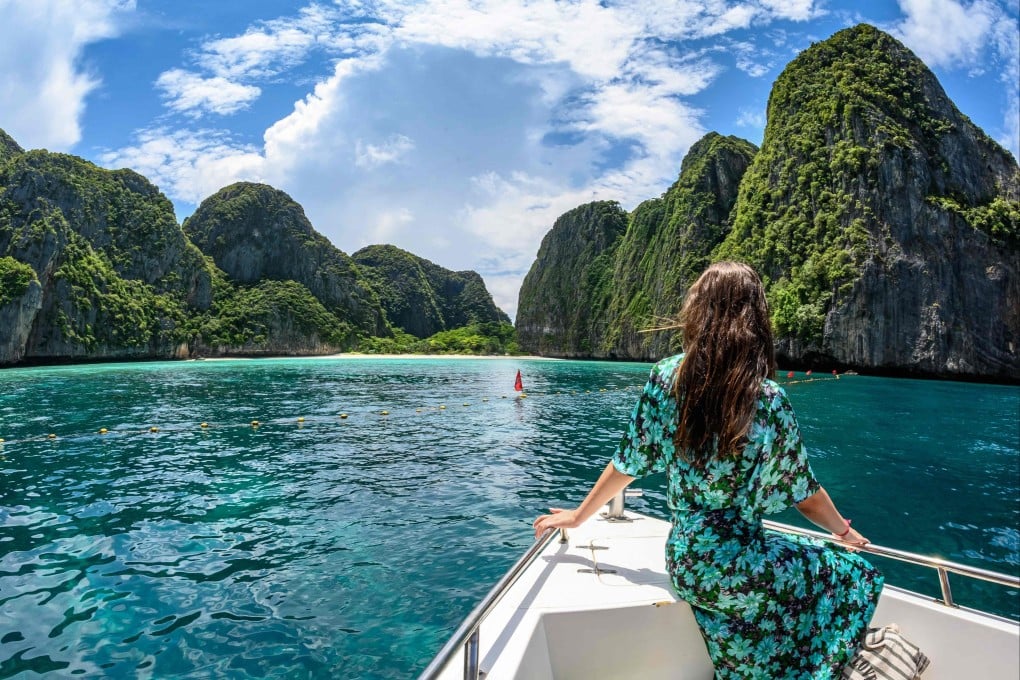Explainer | As Asian nations open up, where is travel allowed – and how can I do so safely?
- Vaccinated travellers have the chance to once again explore the region, as well as Europe and the United States
- Here are the experts’ views on how to make sure you’re best protected, and what to be mindful of at all times

Is it really safe to go? What are the factors I should consider?
Experts say besides travellers themselves being fully-vaccinated, they should also assess if they are comfortable with the vaccination rate and health safety measures in the destination country.
Singapore has fully vaccinated 83 per cent of its 5.5 million population. Thailand’s national vaccination rate is about 35 per cent, but the tourist island of Phuket has vaccinated seven in 10 of its residents. While Indonesia’s vaccination rate is about 29 per cent, the resort island of Bali has vaccinated more than 80 per cent of its 4.4 million population.
Though masks are still recommended in most countries, they are no longer legally required in many. The Netherlands government, for example, only mandates mask wearing on public transport and aircraft. In Phuket, masks are required in buildings but not in all public places; in Singapore and Bali, masking is mandatory in all public places.
Alex Cook, vice-dean of the Saw Swee Hock School of Public Health at the National University of Singapore (NUS), said eager travellers should also pay attention to the details of border restrictions, pointing to how the city state once kept its border open to New Zealand, but that arrangement was not reciprocated.
“You may be able to bypass quarantine when travelling from country A to B and back, and from A to C, but not from C to A,” he said.
